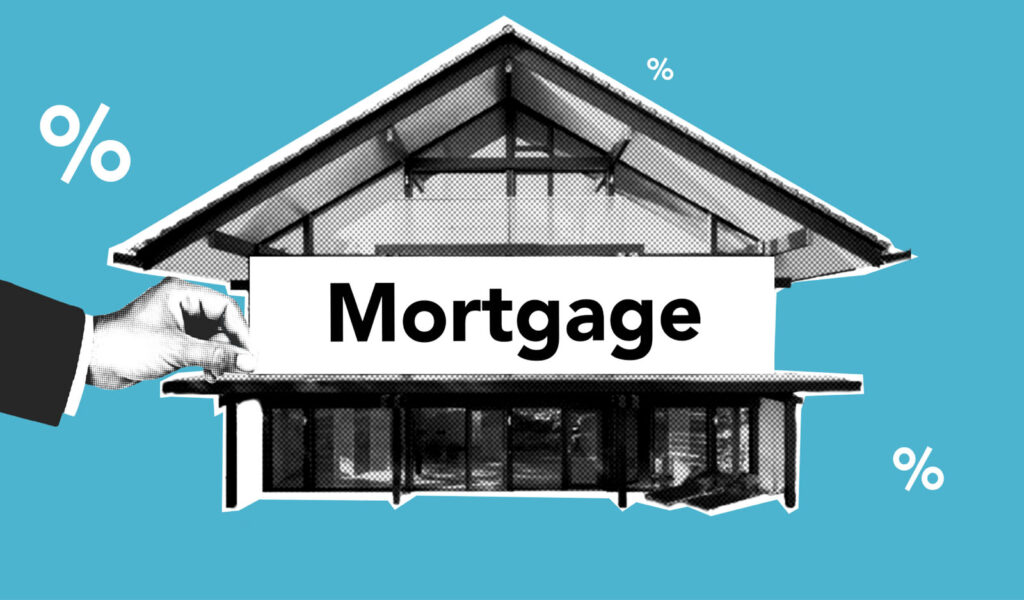Alameda needs a plan to help first-time homebuyers in the low-middle income bracket
To the Editor:
This morning I wrote to our City Manager’s office with details on my proposed program, and I kindly ask that you publish the letter to open this idea up for public comment.
Dear Lisa [Maxwell] and Jennifer [Ott],
I truly appreciate the time you both took to chat with me regarding a housing plan for low-middle income residents. In an effort to avoid detracting funds from other housing programs, I am proposing an innovative approach which is less burdensome on the city. In short, there are many people and families in the same situation as me and my husband: We have some money saved up for a home, but the market will always outpace a traditional savings account, and rent is so high that saving $80,000 to $180,000 (for a down payment) is completely unrealistic. Then it hit me. We could have a program to empower Alameda homebuyers through a community-focused, self-sustaining approach, blending incentives and property tax contributions to make homeownership a reality.
The proposed program, called Savings Towards an Equity Purchase (STEP), is designed to provide a citywide savings plan offering an attractive interest rate, benefiting participants by enabling them to collectively grow their savings and, ultimately, reach their homeownership goals.
The STEP program would function as follows:
- It would be exclusively for Alameda residents who want to buy a home in the city but cannot afford the down payment. To be eligible, you must be a first time homebuyer. In the state of California, “first time” means you haven’t had your name on a deed for over five years. Personally, I strongly feel that Alameda should adopt a much stricter guideline with “first time” meaning first time ever. The drawback of this approach is that less people would be eligible to add money, which brings down the overall earnings, but it would be a guardrail for us who really need the opportunity.
- A shared savings account would be established, initially providing a 10% interest rate for a specific duration, then decreasing to 7% and eventually 5%. The city’s financial burden lessens over time by allocating a portion of property taxes from homes bought by STEP participants. This approach is more efficient than a “shared appreciation” loan, as funds are generated as soon as the program sees success, maintained annually without end, and grow as property values increase, enabling the STEP account to adapt to changing market conditions.
- Participants would deposit a minimum of $10,000 into the account, and their funds would accrue interest collectively. They will be allowed to withdraw their funds any time, but may only receive the earned interest if they meet the withdrawal requirements (detailed below).
- The city would ensure proper supervision, guaranteeing fairness and adherence to the withdrawal conditions, which require participants to have a house under contract within Alameda and to complete the state course on housing education.
- The program would eventually be self-funded via collection of property taxes from those who purchase homes via the STEP savings account, but the government will permanently have a role in overseeing the process to ensure compliance and prevent fraudulent activities, therefore requiring a portion of the general fund yearly.
Before presenting the potential benefits of the STEP program, I would like to address some concerns that may arise and provide additional information to strengthen the proposal:
- Concern: Sustainability of the 10% interest rate
Defense: Working with a local credit union to “split” the interest rate with the city may be helpful. Another approach could be matching deposits every quarter by a certain percentage. For example, for every dollar in the account, the city will add 25 cents each year on a quarterly basis, and this amount would reduce as property taxes come in.
- Concern: Administration costs
Defense: Partnering with a local credit union or other financial institutions to manage deposits and withdrawals would allow the city to focus on occasional audits rather than daily operations.
- Concern: Risk management
Defense: Partnering with experienced financial institutions can provide valuable expertise in managing risk and safeguarding the program’s integrity to ensure that those who do not meet requirements upon withdrawing funds do not receive their accrued interest. That accrued amount will stay in the fund, furthering the growth.
- Concern: Potential impact on the housing market
Defense: With so many new homes being built and not filled (Pulte Homes [3] is desperate at the moment) this program would actually stabilize and support the growing market.
Additional considerations:
- Participant education and support: Incorporate provisions for financial education and homebuyer support services to help participants make informed decisions and navigate the home-buying process.
- With current high interest rates, this is the perfect time for us to save money – perhaps over multiple years – until the market heats up again. The timing for this program is impeccable.
- Program evaluation and monitoring: Establish a framework for tracking the program’s performance and measuring its impact, including key performance indicators and regular reporting mechanisms.
- Coordination with other housing programs: Discuss how the STEP program fits within the city’s broader housing strategy and coordinate with other existing or future housing initiatives, such as affordable housing development, rent stabilization, or mortgage assistance programs.
I believe that, with careful planning and execution, the STEP program can significantly contribute to promoting homeownership, economic diversity, and community investment in Alameda. As more people join and invest, the plan will grow and help more aspiring homeowners reach their goals.
As a final thought, I’d like to address existing homebuyer programs. While I appreciate the existence of county and state housing programs, their outdated and unrealistic requirements, particularly income limits and the added cost of mortgage insurance for down payments below 20% (hundreds of dollars per month on top of the mortgage; it’s expensive to be poor), render them more harmful than helpful. Additionally, I find the concept of BMR housing somewhat deceptive. BMR homes, by their nature, don’t appreciate like standard real estate, limiting the equity gained by the owner. It seems like a hollow promise of the American dream to our most vulnerable citizens, destined to fall short. I acknowledge that the STEP account will not directly address this demographic’s needs, which is why I’ve proposed ways for the program to become self-funded. My intent is not to divert resources from those in dire need but to also consider the aspirations of growing families like mine.
In Jennifer’s [5] email sent on May 4, she outlined specific reasons why DAPs are not being considered. Here are my counterpoints to address her very valid and well-considered points:
- Funding and sustainability
By proposing an interest rate that decreases over time and creating a shared savings account, the STEP program would eventually become self-funded through property tax contributions from its own successes, mitigating the need for significant city funds.
- Impact on other housing needs
This proposal emphasizes that the program would be self-funded and not divert resources from those in dire need, such as the unhoused or those at risk of being unhoused.
- Risk of buyers qualifying for higher prices
The program emphasizes financial education and homebuyer support services, which may help participants make informed decisions and avoid overextending themselves financially. Furthermore, this program is for people who can afford a mortgage but are not in a position to save money because of unacceptably high rent. This focus helps to ensure that the program assists those who are genuinely in need of support to achieve homeownership while avoiding the risk of enabling buyers to purchase homes beyond their means.
- Staff capacity and timing
Partnering with a local credit union or a similar financial institution for oversight could minimize the burden on city resources. The city would still perform regular audits to ensure compliance and proper management of the program, but day-to-day oversight and administration could be delegated to the third-party partner.
- Interfering with existing programs
As a city-based service, STEP would not interfere with county programs, and it is highly targeted to my demographic, which means lenders and city officials can easily distinguish buyers qualifying for county programs vs. STEP.
I respectfully request that you consider this proposal and explore the feasibility of implementing the STEP program in our city. I am available to provide any additional information or clarification you may need and am eager to collaborate with your office in any capacity to help make this vision a reality.
Thank you for your time and consideration. I look forward to your response and the possibility of working together to improve homeownership opportunities for Alameda residents.
Evan Gomez-Shwartz
Alameda
Editorials and Letters to the Editor
All opinions expressed on this page are the author's alone and do not reflect those of the Alameda Post, nor does our organization endorse any views the author may present. Our objective as an independent news source is to fully reflect our community's varied opinions without giving preference to a particular viewpoint.
If you disagree with an opinion that we have published, please submit a rebuttal or differing opinion in a letter to the Editor [6] for publication. Review our policies page [7] for more information.






